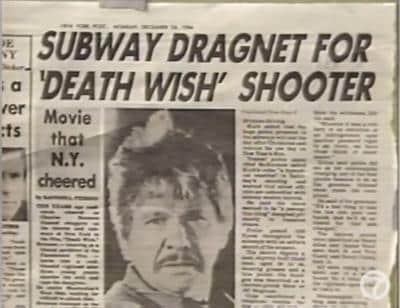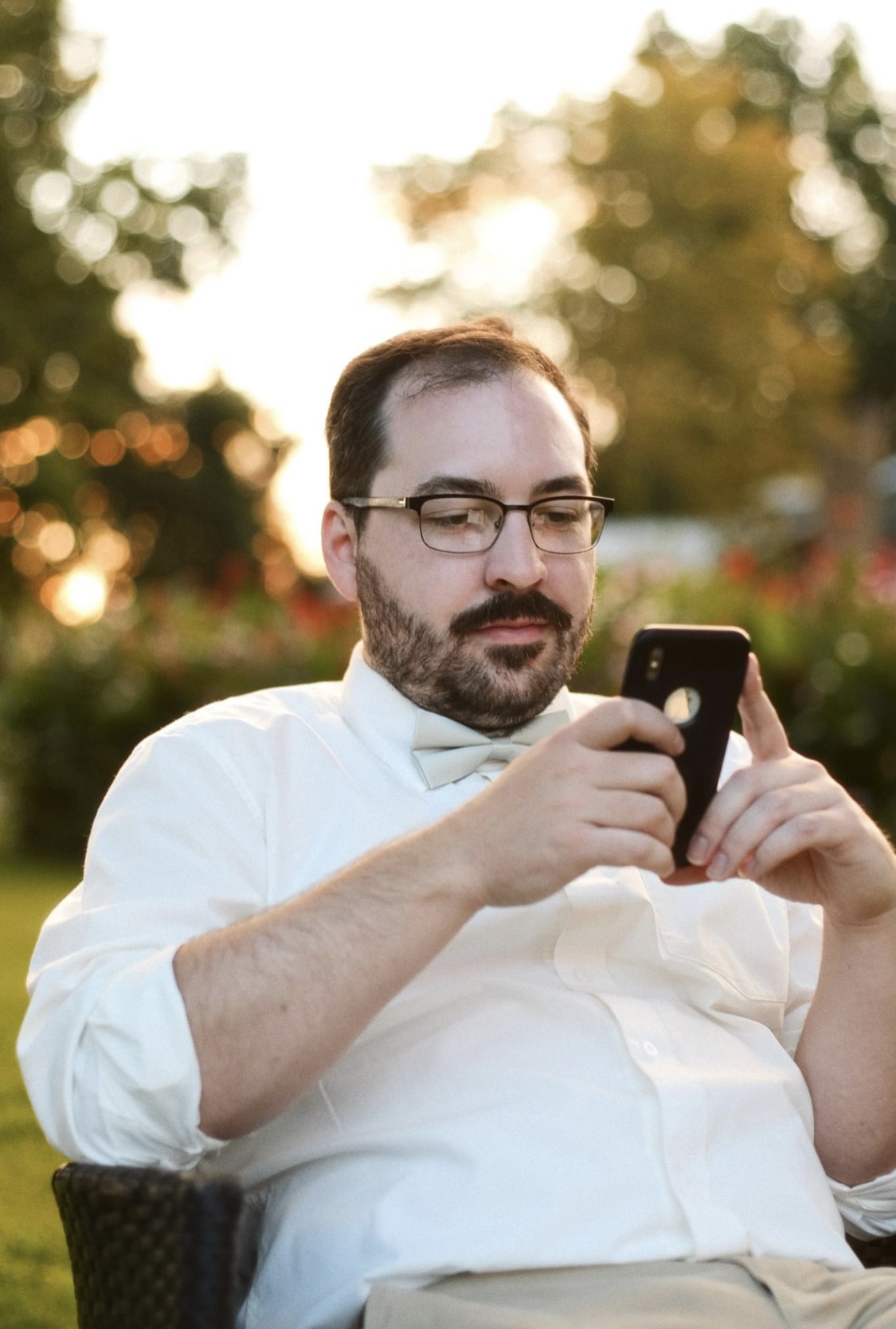How many times can something be divided before it permanently breaks? In a matter of months, the edifice of a United States has become more and more cracked, after repeated blows from a pandemic virus, state-imposed lockdowns, mass unemployment, police shootings, and subsequent riots. The national mood is one of exhaustion and frustration, if not outright anger.
On August 25, Americans were given another thing to divide themselves over. In response to yet another contested police shooting, riots erupted in the city of Kenosha, Wisconsin. During the ensuing chaos, video was taken of an individual in possession of an AR-15 rifle being chased by a group of people, falling to the ground, and then shooting three of his pursuers (one of whom was armed with a handgun). The shooter, 17-year-old Kyle Rittenhouse, was permitted by police to leave the scene, while two of the other men lay on the ground, dead.
Twitter threads, Facebook feeds, and newsrooms are at vitriol capacity as they argue the merits of the shooting. In conditions marked by social upheaval, and as burning buildings lick the background of city streets, the contentious issues of vigilantism and self-defense are being relitigated. The discussions happening right now are downright déjà vu.
Kyle Rittenhouse and the Kenosha shooting could prove to be a contemporary version of the 1984 New York City subway shooting, but with much more deleterious social consequences.
City dwellers still recount horror stories about the New York City of the 1970s and 1980s, when “Fear City” became synonymous with the dangers of urban living. At the start of the period rapes and burglaries tripled, while by the end of the 70s the percentage of fires started through arson had septupled. The homicide rate fluctuated between 21 and 25 murders per 100,000 residents, and by 1980 the New York City subway had become the most dangerous transportation system in the world.
It was in these circumstances that millions of New Yorkers struggled to go through their daily lives, including a mild-mannered electrician named Bernhard “Bernie” Goetz. After an attempted mugging left him injured and his assailants unpunished, Goetz resolved that he would not again be the victim of such routine criminality. When the city rejected his request for a concealed carry permit, due to “insufficient need,” Goetz purchased a 5-shot .38 caliber revolver out-of-state and smuggled it back home.
On December 22, 1984, three days before Christmas, Bernie Goetz sat in a New York City subway car when four black teenagers—three 19-years old and one 18—approached. Surrounding him, one of them demanded, “Give me five dollars.” Goetz pulled out his revolver and proceeded to shoot all four teens, two of them in the back. He fled the train, and then the state.
Three of the teenagers had previously been convicted of crimes (the other only arrested), and all four were already scheduled to appear at either a trial or criminal hearing. Sharpened screwdrivers were found on their persons, although Goetz was unaware of this. Months after the incident one of the boys confirmed to a reporter that they had intended to rob Goetz. Mistaking him for “easy bait,” the confrontation left all four wounded and one paraplegic.
Stories about “the Subway vigilante” swept both the New York City media and the public’s imagination. Comparisons were instantly made to the 1974 film Death Wish, where after the rape and murder of his family, Charles Bronson’s Paul Kersey goes on a one-man killing spree to clean up his city—including shooting attempted muggers on the subway.
Instead of tips to help catch the at-large shooter, police hotlines were inundated with hundreds of calls of support for the still unidentified Goetz. New York Governor Mario Cuomo condemned this “vigilante spirit” among the public. “In the long run, that’s what produces the slaughter of innocent people,” he said. On December 31, Bernie Goetz surrendered himself to authorities. He was charged with several offenses, including attempted murder.
Sympathy for Goetz’s actions was widespread among the contemporary public. Working class New Yorkers, both black and white, knew what it was like to walk in fear on the streets of their own city. In the perception of citygoers, Goetz became a figure of cathartic retribution, and the four teenagers became cutouts for the petty harassment and crime that had enveloped New York.
Others could not overlook the racial aspect of the incident. ”I’m not surprised that you can round up a lynch mob,” said Benjamin Ward, the first black Police Commissioner of New York City, regarding Goetz’s supporters. ”We were always able to do that in this country. I think that the same kind of person that comes out and applauds the lynching is the first that comes out and applauds someone that shoots four kids.”
“In this country, we no longer employ firing squads,” said future Mayor David Dinkins, who believed that Goetz’ actions went far beyond anything appropriate in the criminal justice system.
Bleeding hearts had difficulty comprehending the public enthusiasm. “Don’t they know the danger that’s unleashed when someone starts shooting in a crowded place, when someone takes the law into his own hands?” asked a rhetorical New York Timeseditorial, diagnosing a fed-up public. “Of course they do, but they also know something else, bitterly. Government has failed them in its most basic responsibility: public safety. To take the law into your own hands implies taking it out of official hands. But the law, on that subway car on Dec. 22, was in no one’s hands.”
It is difficult not to come to a similar conclusion today. Police forces nationwide seem incapable of performing at an expected standard. On one hand, police are satisfied to lord over citizens who easily submit, as they regularly bully, harass, and brutalize legions of law-abiding and respectful Americans. But on the other hand, when their authority is challenged, police are quick to drop their “protect and serve” mantra and abandon whole neighborhoods to the mob’s torch. When the state fails, we should not be surprised when individuals act to fill the void.
“This was an occasion when one citizen, acting in self-defense, did what the courts have failed to accomplish time and again,” wrote New York Senator Al D’Amato. “The issue is not Bernhard Hugo Goetz. The issue is the four men who tried to harass him. They, not Mr. Goetz, should be on trial.”
In February 1985, a grand jury declined to prosecute Bernie Goetz for attempted murder. Outside the courthouse, some people protested the leniency, chanting “Bernhard Goetz, you can’t hide; we charge you with genocide.” In fact, the only charge brought against him, which he was later convicted of, was carrying an unlicensed firearm. He was sentenced to one year in prison, of which he served eight months.
Thirty years after the subway shooting, I was attending a major libertarian social event in the Big Apple. During a break between scheduled speakers, the MC took to the stage to spontaneously announce that Bernie Goetz, “the Batman of New York City,” was in attendance. I was unaware of who Goetz was at the time and could only identify him as the man on the other side of the room who was suddenly being rushed by people wanting to shake his hand.
We don’t know how Kyle Rittenhouse will be received thirty years hence. After crossing the state line (like Goetz) to his native Illinois, Rittenhouse was arrested on Wednesday and charged with first-degree (premeditated) murder. More details about what preceded the video tape and ignited the confrontation can be expected to come to light in the coming days.
The helplessness that New Yorkers felt decades ago has, due to the untampered riots, exploded in every part of the country. Except now, the political left and right fear each other more than they do an anonymous specter of crime. The broad public sympathy that Goetz received will not be given to Rittenhouse, who is already being labeled either a rightwing terrorist or a man rightfully defending himself.
And now, on Saturday night, a Trump supporter in Portland was shot and killed for unknown reasons. Was the vigilantism in Kenosha just the beginning?
This article was originally featured at The American Conservative and is republished with permission of author.































